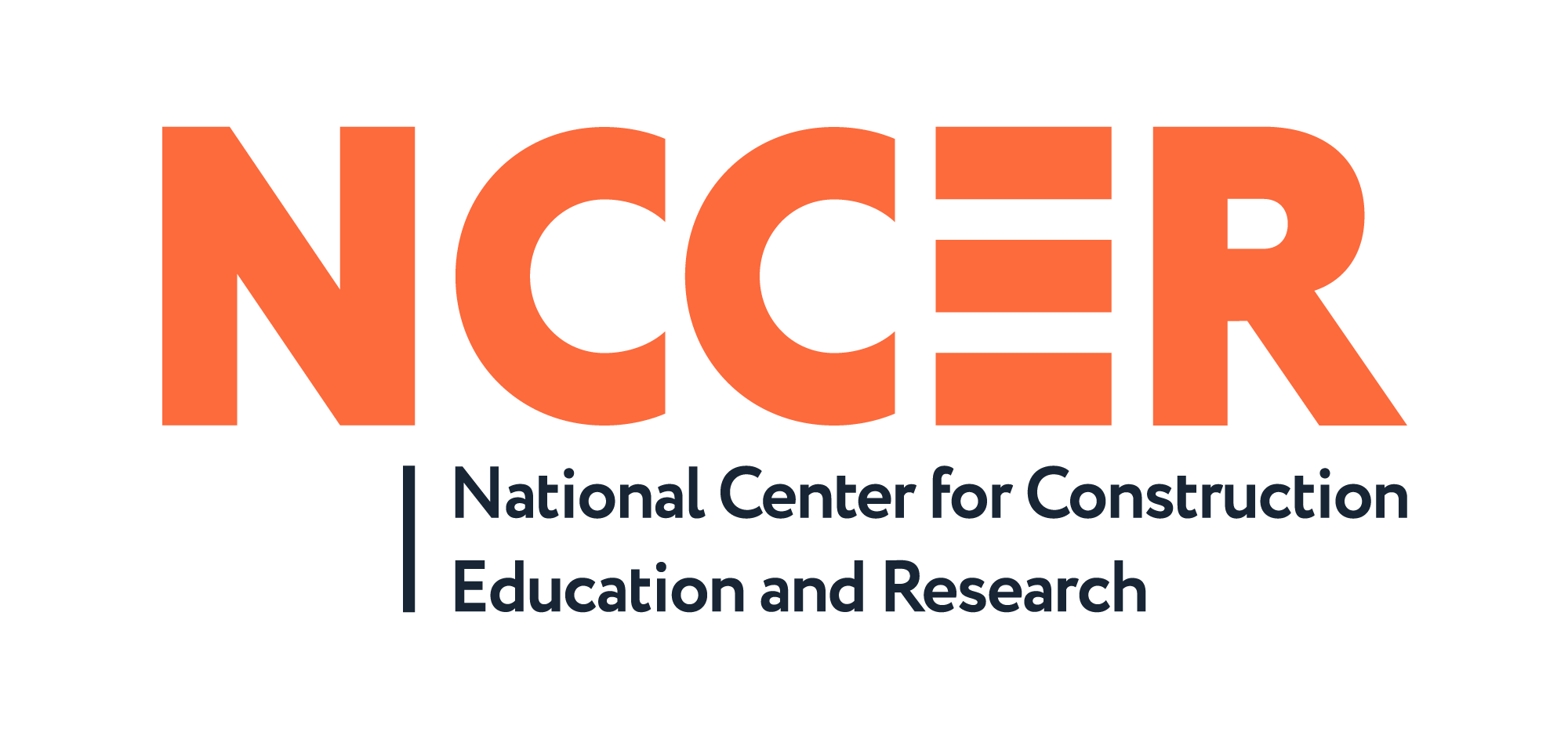MISSION
Provide successful career paths to America’s youth through construction industry and education partnerships.
GOAL
To drive industry and education collaboration by highlighting best practices and providing practical resources that will ultimately lead students to successful construction careers.
HISTORY
In 2011, Harvard Graduate School of Education published a landmark report, “Pathways to Prosperity,” outlining the need for multiple career pathways to be incorporated into the American education system. This report sparked national conversations in business, industry and education.
“‘Pathways to Prosperity’ provides a clear way forward that demands the attention and participation of every sector working together to ensure our future success.”
–Sanford I. Weill, Chairman Emeritus, Citigroup and Chairman, National Academy Foundation
Over the next year, this report became a call to action for states wanting to better prepare their students for success. NCCER used its voice in the industry to start calling on the construction industry to reengage with career and technical education. This has been a consistent goal of NCCER through its Build Your Future Initiative since 1997, but has been reinforced in recent years through the release of a multitude of teacher resources, videos and student outreach guides. In fall 2013, NCCER published an article in its bi-annual workforce development magazine, The Cornerstone, titled “The Shift in American Education,” and followed with the release of its best practice profiles highlighting successful industry and education collaborations.
“Employment rates for the nation’s teens and young adults are at post-World War II lows—a true labor market depression. Based on experiences both here and abroad, Pathways to Prosperity points to the need for expanded employment and work-based learning opportunities for young people, closer ties between postsecondary education/training and the workplace, and expanded youth apprenticeships. The need has never been greater, and the report provides a clarion call for action now.”
–Andrew Sum, Director, Center for Labor Market Studies, Northeastern University
In response to the national interest, the Harvard Graduate School of Education hosted the Creating Pathways to Prosperity Conference in 2013. NCCER sponsored the conference and was instrumental in representing the construction and maintenance industries through the attendance of members of NCCER’s board of trustees, leadership team and other construction industry leaders.
NCCER immediately took action and presented the need for a specific construction career pathways initiative to its board of trustees. With full support, NCCER reached out to key education organizations to strengthen their existing relationships and build new ones. To get input for the initiative, NCCER conducted a survey to both industry and education in which hundreds of participants eagerly responded with the areas they felt were vital in the development of a blueprint for success: pathway design, curriculum and instruction design, industry-recognized credentials, career counseling, marketing, connections to industry and accountability.
“Only 32 percent of students enter an associate degree program or get advanced skills training after high school graduation; however, 65 percent of the current jobs require one or the other.”
–Workforce 2020: Work & Workers in the 21st Century
NCCER kicked off its Construction Career Pathways initiative at the Association for Career and Technical Education’s annual conference in late 2013. Based on the success and interest garnered at this event, NCCER developed guidance documents to provide specific steps to assist educators and contractors in making meaningful connections. NCCER strongly believes that the development and implementation of a plan that is jointly created and endorsed by industry and education will help students acquire the skills they need to succeed and participate in the American dream.
“We fail these young people not because we are indifferent, but because we have focused too exclusively on a few narrow pathways to success.”
–Pathways to Prosperity, Harvard Graduate School of Education, February 2011
Together we can strengthen the American economy and its people through career-focused education.
